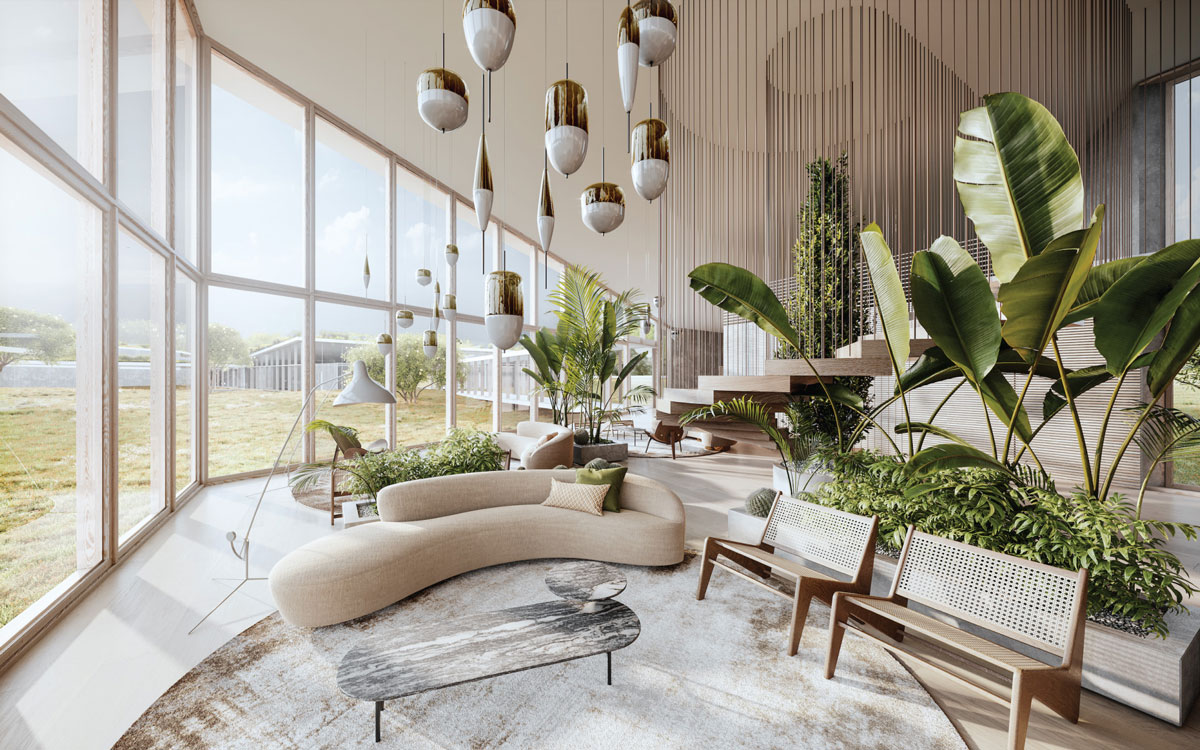Creating Stunning Interior Renderings: Tips and Tricks


Interior renderings are a powerful tool for visualizing and presenting interior design concepts. They help clients understand the design intent and make informed decisions. This article provides tips and tricks for creating stunning interior renderings that effectively communicate your vision and impress clients.
Focus on Lighting
Lighting plays a crucial role in creating realistic and appealing interior renderings. Pay attention to both natural and artificial lighting sources. Use lighting to highlight key features, create depth, and set the mood of the space. Experiment with different lighting setups to achieve the desired effect.
Choose the Right Materials and Textures
The choice of materials and textures significantly impacts the realism of your renderings. Use high-quality textures and accurately represent materials like wood, metal, glass, and fabric. Pay attention to details such as reflections, glossiness, and roughness to enhance realism.
Incorporate Realistic Furniture and Accessories
Furniture and accessories are essential elements of interior renderings. Use realistic and appropriately scaled furniture pieces to create a lifelike representation of the space. Incorporate decorative items like artwork, plants, and textiles to add personality and character to the design.
Pay Attention to Composition
Composition is key to creating visually appealing renderings. Use principles of design such as balance, contrast, and focal points to guide the viewer’s eye. Experiment with different camera angles and perspectives to find the most compelling composition for your rendering.
Enhance with Post-Processing
Post-processing can take your renderings to the next level. Use software like Adobe Photoshop to fine-tune colors, adjust lighting, and add effects. Be mindful not to overdo it; the goal is to enhance the realism and appeal of the rendering without making it look artificial.
Include Human Elements
Adding human elements to your renderings can make them more relatable and engaging. Include silhouettes or realistic people in your scenes to convey scale and usage. This helps clients envision themselves in the space and understand how it functions.
Optimize for Speed and Quality
Creating high-quality interior renderings can be time-consuming. Optimize your workflow by using efficient rendering techniques and software. Utilize pre-made assets and libraries to save time on modeling and texturing. Balance speed and quality to deliver impressive results within project deadlines.
Conclusion
Creating stunning interior renderings requires attention to lighting, materials, furniture, composition, post-processing, human elements, and workflow optimization. By following these tips and tricks, you can produce high-quality renderings that effectively communicate your design vision and impress clients.